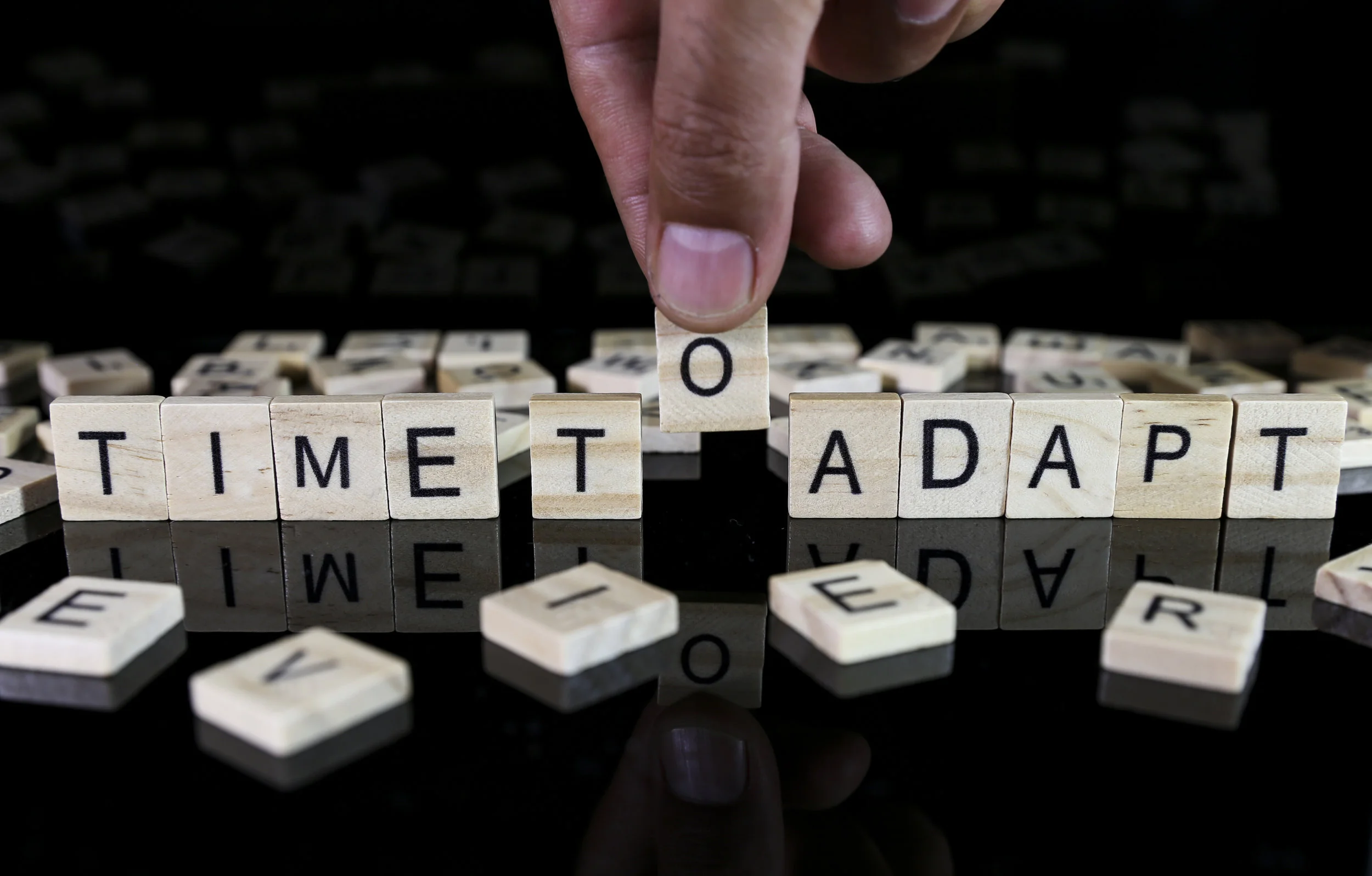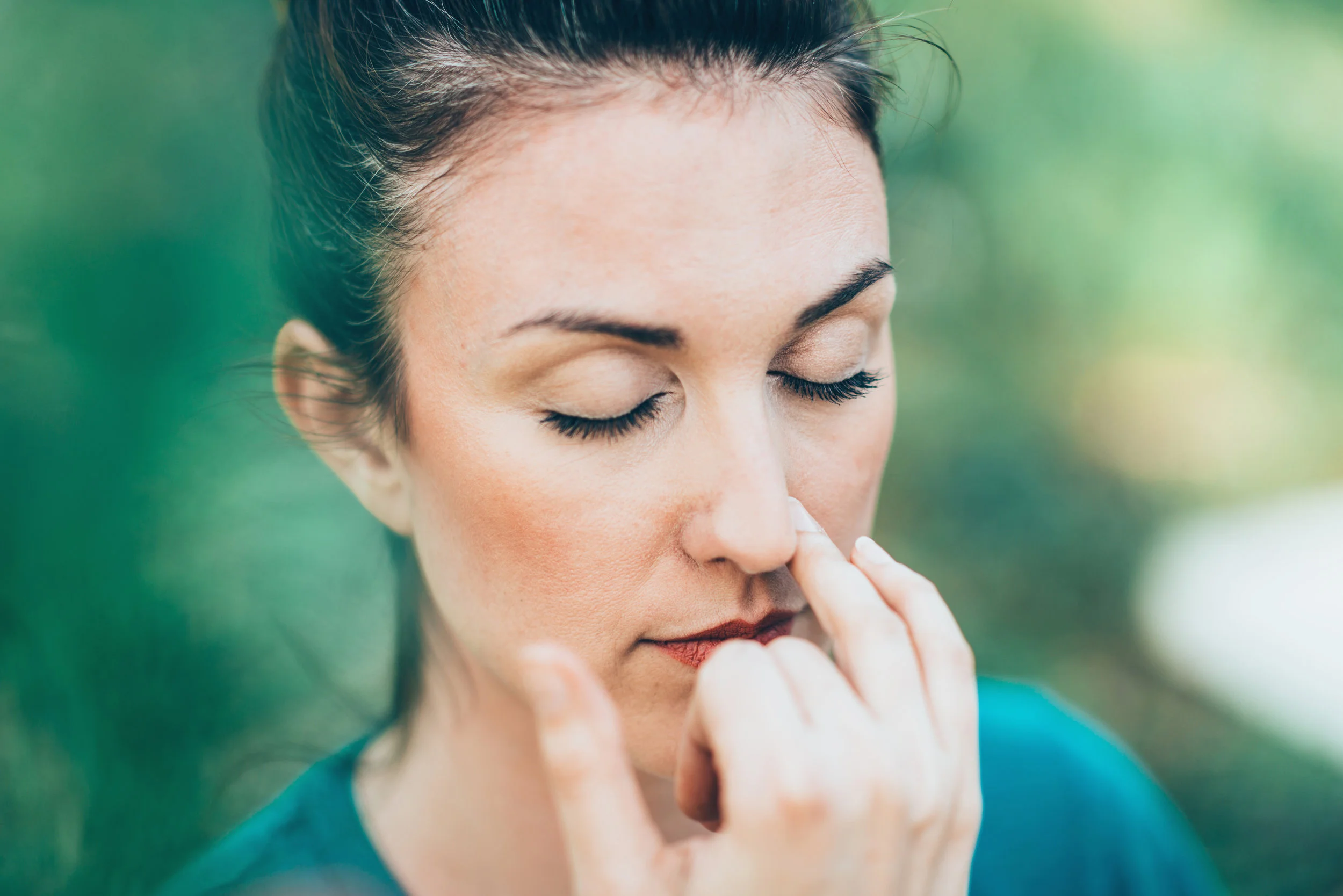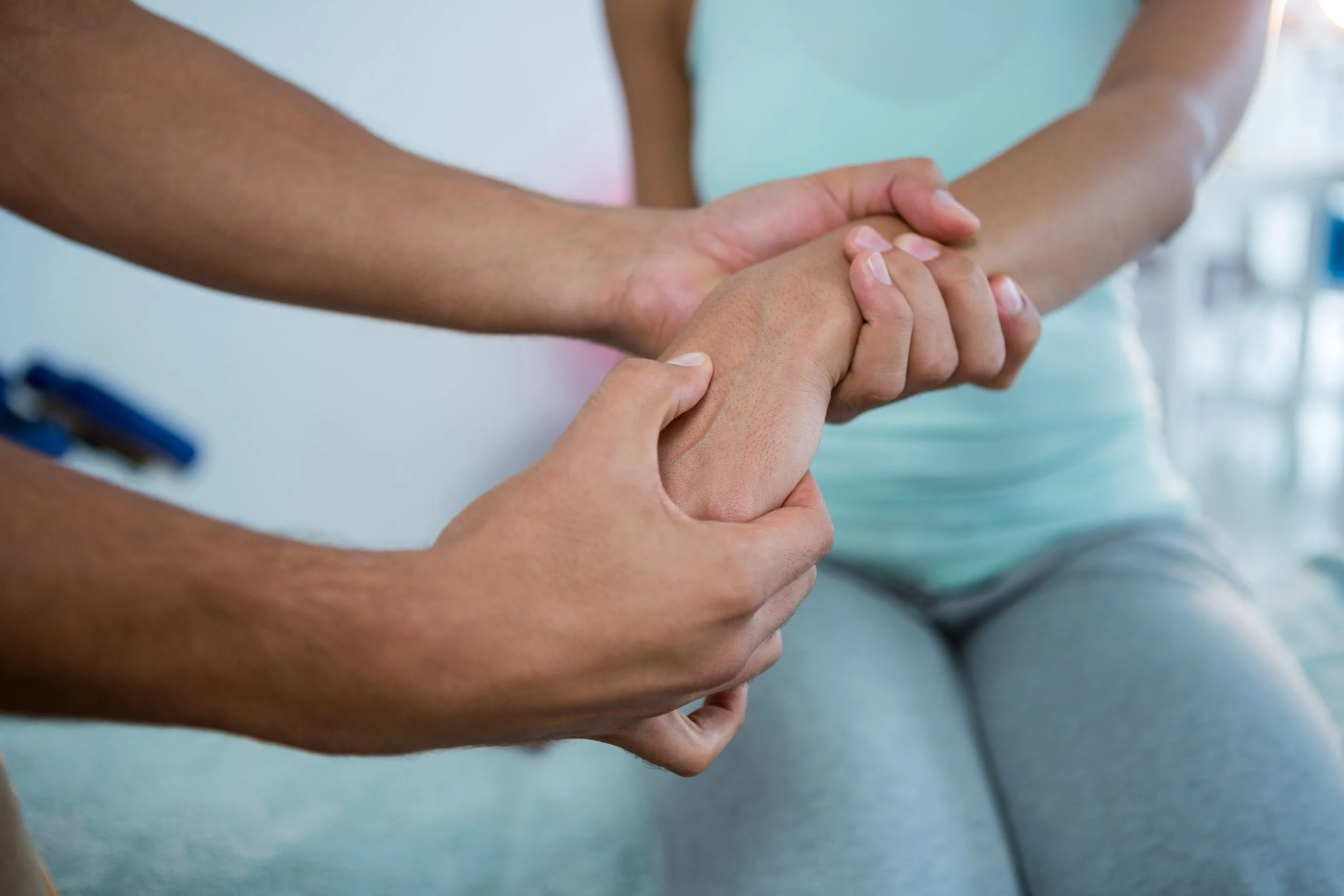Muscle Adhesions: Getting in the Way of Your Performance
/WHAT ARE ADHESIONS?
Our bodies contain special protein structures called connective tissue, also know as Fascia. This substance connects each part to other parts and the whole, very much like a flexible skeleton. When this tissue is healthy it is smooth and slippery, allowing the muscles, nerves, blood vessels or organs to move freely and function properly. Imagine a piece of scotch tape, the smooth side is healthy fascia; the sticky side is scar tissue or unhealthy fascia. Rub the tape along your skin, both sides, to "feel" what an adhesion is like. The drag that you feel, the "pulling" sensation, is what an adhesion is like. These adhesions attach to muscles, nerves and lymph decreasing their ability to work properly. You really know when you have an adhesion on a nerve; you get many abnormal sensations like numbness, tingling or pain.
DOESN'T STRETCHING GET RID OF ADHESIONS?
Stretching plays a very important role in the treatment and prevention of injuries but it will not break down adhesions. Adhesions, or scar tissue, are much stronger than normal healthy tissue. Muscle groups can often adhere/bind to one another preventing the normal sliding necessary for full mobility. When an individual performs a stretch, the tissue that lengthens is not the adhered tissue but the healthy tissue. This can actually cause more damage to healthy tissue resulting in the increase of adhesions. Stretching correctly is still essential, but it will never release the restrictions that are already present.
HOW WILL EXERCISES AND STRETCHING THAT DID NOT WORK BEFORE, WORK AFTER (ART) TREATMENTS?
Stretching and exercises are only effective after the dysfunction within the soft-tissue structures have been correctly released. Stretching and exercising dysfunctional tissues will only lead to a dysfunctional result. The combination of finding the origin of the problem, (ART) treatments, functional training, stretching and behavioral modifications will result in long lasting results...
HOW DO OVERUSE CONDITIONS OCCUR?
Over-used muscles (and other soft tissues) change in three important ways:
- Acute conditions (pulls, tears, collisions, etc),
- Accumulation of small tears (micro-trauma)
- Not getting enough oxygen (hypoxia).
Each of these factors can cause your body to produce tough, dense scar tissue in the affected area. This scar tissue binds up and ties down tissues that need to move freely. As scar tissue builds up, muscles become shorter and weaker, tension on tendons causes tendonitis, and nerves can become trapped. This can cause reduced range of motion, loss of strength, and pain. If a nerve is trapped, you may also feel tingling, numbness, and weakness.
This article originally appeared on performance-therapy.com
BOOK ONLINE FOR YOUR MASSAGE THERAPY, DRY NEEDLING AND CUPPING MASSAGE NEEDS TO ADDRESS SCAR TISSUE AND MUSCLE ADHESION ISSUES.











![Self-regulation “control [of oneself] by oneself"](https://images.squarespace-cdn.com/content/v1/55563e14e4b01769086817cb/1542845645966-PO2HGKF5JLUBM45UIWQ3/wee-lee-790761-unsplash.jpg)



















